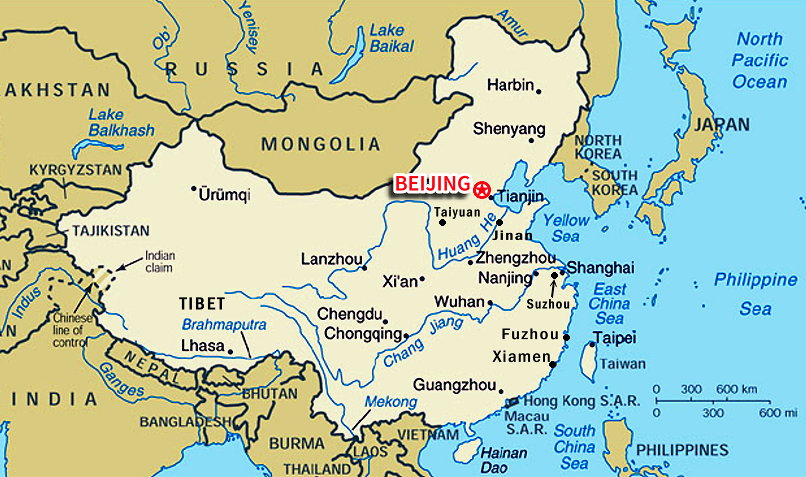
Is Peking the Same as Beijing?
Many people wonder if Peking and Beijing are two different cities in China, or if they are simply two names for the same place. The answer is the latter: both Beijing and Peking refer to the same city, the capital of China. The difference in spelling arises from different romanization systems used to transcribe the Chinese characters 北京 into the Latin alphabet.
Understanding Romanization
Romanization is the process of representing a language written in a different writing system, like Chinese, using the Latin alphabet. Over the centuries, various romanization systems have been developed for Chinese, leading to different spellings for the same place names.
Peking: A Legacy of the Postal System
Peking is an older romanization of 北京, derived from the French postal system used in the late 19th and early 20th centuries. This system, known as "postal romanization," aimed to represent the sounds of Chinese dialects spoken in different regions. The spelling "Peking" reflects a pronunciation closer to the Beijing dialect prevalent at the time.
Beijing: The Modern Standard
Beijing, on the other hand, is based on Hanyu Pinyin, introduced in the 1950s and adopted as the official romanization system for Mandarin Chinese in mainland China. Pinyin is designed to be more systematic and phonetically accurate, reflecting the pronunciation of Standard Mandarin, the official language of China.
Why the Change?
The adoption of Pinyin as the standard romanization system for Mandarin Chinese aimed to promote language standardization and facilitate communication within China and internationally. As a result, "Beijing" gradually replaced "Peking" in official use and international contexts.
A City of Two Names
While "Beijing" is the official and widely recognized name today, the legacy of "Peking" persists in certain contexts. Some older businesses, institutions, and historical landmarks may still use the older spelling. For instance, the renowned Peking University retains its traditional name.
Experiencing Beijing: A Blend of Old and New
Visiting Beijing is like stepping into a vibrant tapestry woven with ancient history and modern dynamism. From the majestic Forbidden City and the Great Wall's sprawling grandeur to the bustling shopping streets and sleek skyscrapers, Beijing offers a captivating contrast.
| Must-See Attractions | Description |
|---|---|
| Forbidden City | The former imperial palace, a UNESCO World Heritage Site, showcasing magnificent Chinese architecture and imperial history. |
| Great Wall of China (various sections) | An iconic symbol of China, offering breathtaking views and a glimpse into the country's ancient defense system. |
| Temple of Heaven | A complex of religious buildings used by emperors for annual ceremonies of prayer to Heaven for good harvests. |
| Summer Palace | An expansive imperial garden with beautiful lakes, bridges, and palaces, offering a serene escape from the city's hustle and bustle. |
Further Reading
- Norman, Jerry. "Chinese." Cambridge University Press, 2008.
- Chen, Ping. "Modern Chinese: History and Sociolinguistics." Cambridge University Press, 1999.
Frequently Asked Questions
1. Is it wrong to say Peking?
While "Peking" is an older romanization, it is not inherently wrong to use. However, "Beijing" is the official and more widely recognized spelling today.
2. Are there other Chinese cities with different romanized names?
Yes, many Chinese cities have different romanized names due to the use of various romanization systems in the past. For example, Guangzhou was formerly known as Canton.
3. When did "Beijing" become the standard romanization?
While Hanyu Pinyin was introduced in the 1950s, the transition from "Peking" to "Beijing" as the standard spelling occurred gradually over time, becoming more widely adopted in the late 20th century.
More article references: coordinates beijing china